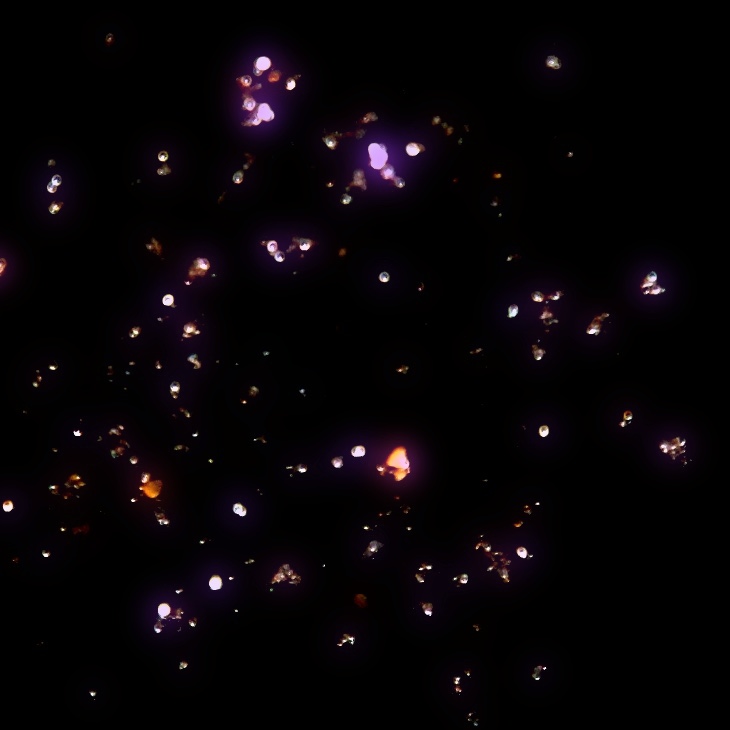Lorens
103
Lr
Grupa
Nie dotyczy
Okres
7
Blok
d
Protony
Elektrony
Neutrony
103
103
159
Ogólne właściwości
Liczba atomowa
103
Masa atomowa
[262]
Liczba masowa
262
Kategoria
Aktynowce
Kolor
Nie dotyczy
Radioaktywny
Tak
Named after Ernest O. Lawrence, inventor of the cyclotron
Układ krystalograficzny
Nie dotyczy
Historia
Lawrencium was discovered by Albert Ghiorso, Torbjørn Sikkeland, Almon Larsh and Robert M. Latimer in 1961 at the University of California, Berkeley.
It was produced by the bombardment of californium with boron atoms.
Lawrencium was the last member of the actinide series to be discovered.
It was produced by the bombardment of californium with boron atoms.
Lawrencium was the last member of the actinide series to be discovered.
Elektrony na poszczególnych powłokach
2, 8, 18, 32, 32, 8, 3
Konfiguracja elektronowa
[Rn] 5f14 7s2 7p1
Lawrencium is a trivalent ion in aqueous solution
Właściwości fizyczne
Stan skupienia
Ciało stałe
Gęstość
- g/cm3
Temperatura topnienia
1900 K | 1626,85 °C | 2960,33 °F
Temperatura wrzenia
-
Ciepło topnienia
Nie dotyczy kJ/mol
Ciepło parowania
Nie dotyczy kJ/mol
Ciepło właściwe
- J/g·K
Ilość w skorupie Ziemi
Nie dotyczy
Ilość we Wszechświecie
Nie dotyczy

Numer CAS
22537-19-5
Numer CID PubChem
Nie dotyczy
Właściwości atomowe
Promień atomowy
-
Promień walencyjny
-
Elektroujemność
1,3 (Skali Paulinga)
Energia jonizacji
4,9 eV
Objętość molowa
-
Przewodność cieplna
0,1 W/cm·K
Stopnie utlenienia
3
Zastosowania
Lawrencium is used for scientific research purposes only.
Lawrencium is harmful due to its radioactivity
Izotopy
Stabilne izotopy
-Niestabilne izotopy
251Lr, 252Lr, 253Lr, 254Lr, 255Lr, 256Lr, 257Lr, 258Lr, 259Lr, 260Lr, 261Lr, 262Lr, 263Lr, 264Lr, 265Lr, 266Lr